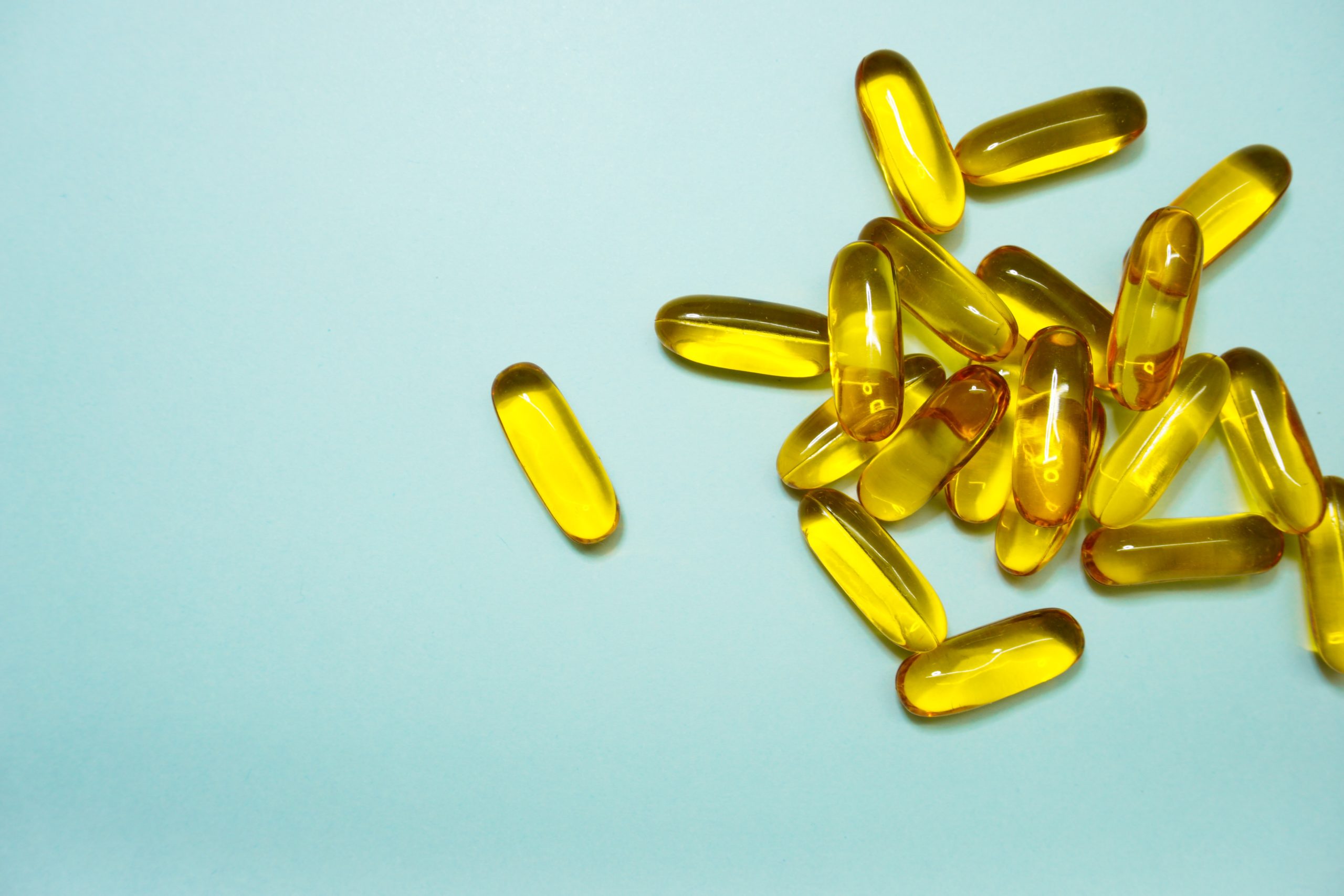Osteoporosis, osteomalacia and growth problems are diseases directly related to vitamin D deficiency. As they are not associated with young adults, we totally forget the importance of having optimal levels of this vitamin. Did you know that vitamin D deficiency is also linked to the prevention of mental distress?
Vitamin D levels and their relationship to mental health
Vitamin D deficiency is a pandemic in Europe. We live indoors: we work indoors, we commute by car or public transport, we often stay indoors to rest. And even living in sunny countries, the sun does not reach us as much as it should in order to synthesise vitamin D properly.
Vitamin D deficiency can cause symptoms similar to those of depression:
- Mood swings accompanied by hopelessness and sadness
- Fatigue
- Memory lapses
- Loss of interest
- Suicidal thoughts
- Anxiety
- Loss of appetite
- Excessive weight gain or loss
- Trouble sleeping
If our vitamin D levels are low, we may not only experience these symptoms, but also have more difficulty recovering after being exposed to stressful situations.
Vitamin D is also related to digestive health, already considered our second brain: it has anti-inflammatory and immunomodulatory effects on the digestive tract, the integrity of the intestinal barrier and intestinal homeostasis.
There is evidence that low levels of this vitamin are common among people with irritable bowel syndrome (IBS) and a correlation between these levels and the severity of symptoms.
Who can be vitamin D deficient?

Among adults, those most at risk of vitamin D deficiency are vegetarians, people with liver disease, kidney disease or poor fat absorption, people with intestinal malabsorption due to coeliac disease, Crohn’s disease or food intolerances, people who are overweight or obese, all those with a deficit of sun exposure and those who for religious or health reasons avoid direct skin exposure to the sun.
In addition, people with darker complexions produce less vitamin D from sunlight and are at risk of deficiency when living far from the equator.
Where do we get vitamin D?

The sun is our main source of vitamin D. As mentioned above, several factors reduce the production of vitamin D in the skin: sunscreens with a protection factor higher than 8, age, darker pigmentation, living at a northern latitude above 40 degrees, and the winter season.
Vitamin D in food is scarce. The richest natural sources of vitamin D are fish liver oils and oily fish such as sardines, herring, salmon and mackerel. Eggs, meat, milk, butter and vegetables contain small amounts. Fruit and nuts contain no vitamin D at all.
In late spring and summer, healthy people who expose themselves to the sun for 5 to 30 minutes per week without sunscreen would in principle not need vitamin D supplements. These exposure times are related to our skin colour: the darker the skin colour, the more exposure time we need. If we are going to spend more than 30 minutes in the sun, it is essential to cover up or wear sunscreen – our vitamin D intake is covered!
In late autumn and winter, when the cold weather prevents sunbathing, we will need an extra dose if we live in a European country above 35 degrees latitude. For reference, the southernmost tip of Italy is at latitude 35 degrees north.
Recommendations for consumption
Health authorities in the European Union and the United States have established adequate intake levels of 200-400 IU per day (5-10 micrograms) for adults.
However, new studies propose the following dosage, as the tolerance dose is very high (toxicity has only been associated with doses above 50,000 IU).
Adults and healthy adolescents – 600 to 2000 IU – Maximum tot.: 4000/10000 IU
Children – 400 to 1000 IU – Maximum tot. 1000/2000 IU
Elderly > 70 years – 800 to 2000 IU – Maximum tot. 400/10000 IU

Even if you take supplements and sunbathe, do not worry about possible poisoning. Excess vitamin D is not associated with overexposure to the sun, since a regulatory mechanism in our body prevents excess production in the skin.
However, as each case is individual, your doctor or dietician will set the guidelines for resting during the summer or continuing at lower doses.
So now you know. At your next blood test, check your vitamin D levels and consult your doctor or dietician. Remember that optimal levels will ensure better resistance and response to stress.
* This article and its recommendations have been supervised by a qualified nutritionist.
References:
- Akimbekov, Nuraly S et al. Vitamin D and the Host-Gut Microbiome: A Brief Overview. Acta histochemica et cytochemica vol. 53,3 (2020): 33-42. doi:10.1267/ahc.20011
- Singh, P., Rawat, A., Alwakeel, M. et al. The potential role of vitamin D supplementation as a gut microbiota modifier in healthy individuals. Sci Rep 10, 21641 (2020).
- Humble, Mats.B Vitamin D, light and mental health. Journal of Photochemistry and Photobiology B: Biology (2010) 142 – 149
- Sotodeh-Asl, Nematollah & Tamadon, Mohammad Reza & Malek, Farhad & Zahmatkesh, Mehrdad. (2014). Vitamin D deficiency and psychological disorders. Journal of Parathyroid Disease 2014,2(1),. 2. 21–25.
- Williams CE, Williams EA, Corfe BM. Vitamin D status in irritable bowel syndrome and the impact of supplementation on symptoms: what do we know and what do we need to know? Eur J Clin Nutr. 2018 Oct;72(10):1358-1363. doi: 10.1038/s41430-017-0064-z. Epub 2018 Jan 25. PMID: 29367731.







